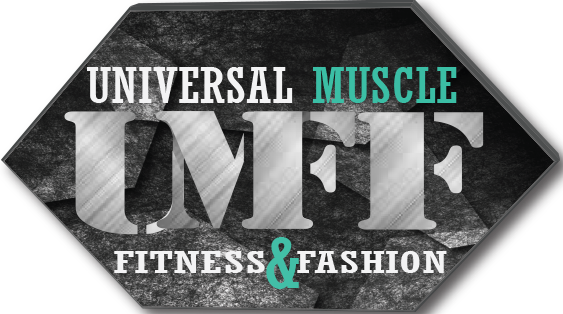Content
The total amount of debits and credits should always balance and equal. In bookkeeping and management of ledgers, the basic accounting formula is extensive. The accounting equation uses total assets, total liabilities, and total equity in the calculation.
This number is the sum of total earnings that were not paid to shareholders as dividends. Assets include cash and cash equivalentsor liquid assets, which may include Treasury bills and certificates of deposit. Financing through debt shows as a liability, while financing through issuing equity shares appears in shareholders’ equity.
Example: Total Debits Equal Total Credits
The accounting software should flag this problem when you are entering the beginning balances, and require you to correct the problem. In addition, the accounting equation only provides the underlying structure for how a balance sheet is devised. Any user of a balance sheet must then evaluate the resulting information to decide whether a business is sufficiently liquid and is being operated in a fiscally sound manner.
How many accounting equation are there?
There are several accounting formulas used to report the financial health of a person or business. These formulas are used to produce the Balance Sheet and Income Statement. Also known as Profit & Loss Statement.
How the two accounting equations in fact represent two underling principles of double-entry accounting. As an alternative, you may purchase the truck by making a down payment for part of its cost and taking out a loan for the remainder. ASC’s liabilities increase by $120 and the expense causes owner’s equity to decrease by $120. Non-Current assets are those assets that have a validity of more than a year. Land, buildings, fixtures & fittings, equipment, machinery all are classified as non-current assets. Furthermore, non-current assets also include intangible assets such as goodwill, brand name, patents & copyrights. Rules Of DebitDebit represents either an increase in a company’s expenses or a decline in its revenue.
The Credit Side
Non-http://carfor.ru/carsauto/toyota/toyota_camry/5074.html liabilities are mainly used to finance non-current assets and include long term debt, mortgage, bonds, etc. Calculating the total assets on the balance sheet for the period of consideration.
It can be shown as a Basic Accounting Equation or Expanded to show the interrelated income statement components of revenue and expenses as part of retained earnings and the other equity accounts. Next, the statement of retained earnings shows the beginning and ending Retained Earnings balances and the reasons for any change in this balance. Finally, the balance sheet presents asset, liability, and stockholders’ equity account balances.
Liabilities:
It is fundamental to the double-http://karaoke-live-paroles.com/tag/Paroles%20de%20chansons bookkeeping system of accounting, which helps us understand from the illustration above that total assets should be equal to total liabilities. The purchased office equipment will increase Assets by $500 and decrease them by $250 . On the left side of the basic accounting equation, an increase of $250 is balanced by an increase of $250 on the right side of the equation for liabilities . The accounting equation shows how a company’s assets, liabilities, and equity are related and how a change in one typically results in a change to another. In the accounting equation, assets are equal to liabilities plus equity.
- In this new equation, the owner’s equity is broken down further into more detailed components.
- Retained Earnings is Beginning Retained Earnings + Revenue – Expenses – Dividends – Stock Repurchases.
- This increases the cash account as well as the capital account.
- To record capital contribution as the owners invest in the business.
- Let’s now take a look at the right side of the accounting equation.
Accumulated Other Comprehensive Income , AOCIL, is a component of shareholders’ equity besides contributed capital and retained earnings. Accountants and members of a company’s financial team are the primary users of the accounting equation. Understanding how to use the formula is a crucial skill for accountants because it is a quick way to check that transactions are recorded correctly. Journal entries often use the language of debits and credits .
Accounting Equation
This makes it possible to accurately assess the financial position of any business via its balance sheet. Net LossNet loss or net operating loss refers to the excess of the expenses incurred over the income generated in a given accounting period.
The accounting equation creates a double entry to balance this transaction. If cash were used for the purchase, the increase in the value of assets would be offset by a decrease in the same value of cash. If the equipment were purchased using debt, the increase in assets would be balanced by increasing the same amount in loans or accounts payable.
Accounting Equation for a Sole Proprietorship: Transactions 7–8
Only those s that exist with a balance on a particular date are reflected on the balance sheet. Shareholder’s EquityShareholder’s equity is the residual interest of the shareholders in the company and is calculated as the difference between Assets and Liabilities. The Shareholders’ Equity Statement on the balance sheet details the change in the value of shareholder’s equity from the beginning to the end of an accounting period.

